A Past, Present and Future Promise: Engagement Rings through the Ages
A Past, Present and Future Promise: Engagement Rings through the Ages
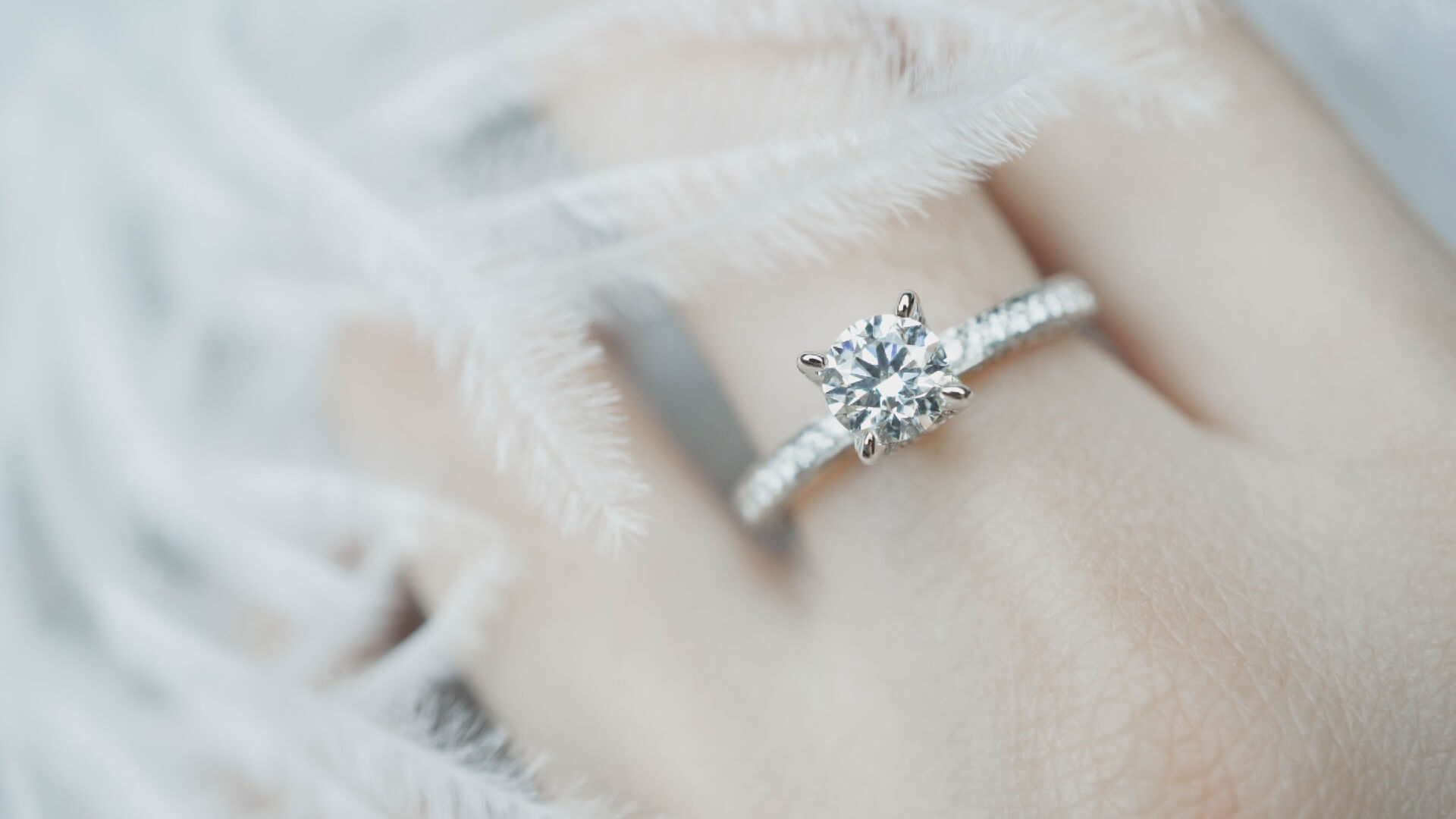
If you’ve recently gotten engaged, chances are good that you’ve either given or received a glittering diamond ring which tells the world about your promise to wed. But while you’re showing off that shining ring on your finger, you may find yourself wondering how a simple piece of jewelry could come to be the ultimate symbol of commitment and devotion.
There’s a rich history behind the diamond engagement ring. Let’s look at how this fashionable accessory became an integral part of a wedding proposal and the ultimate item for a bride-to-be.
Origins of the Engagement Ring
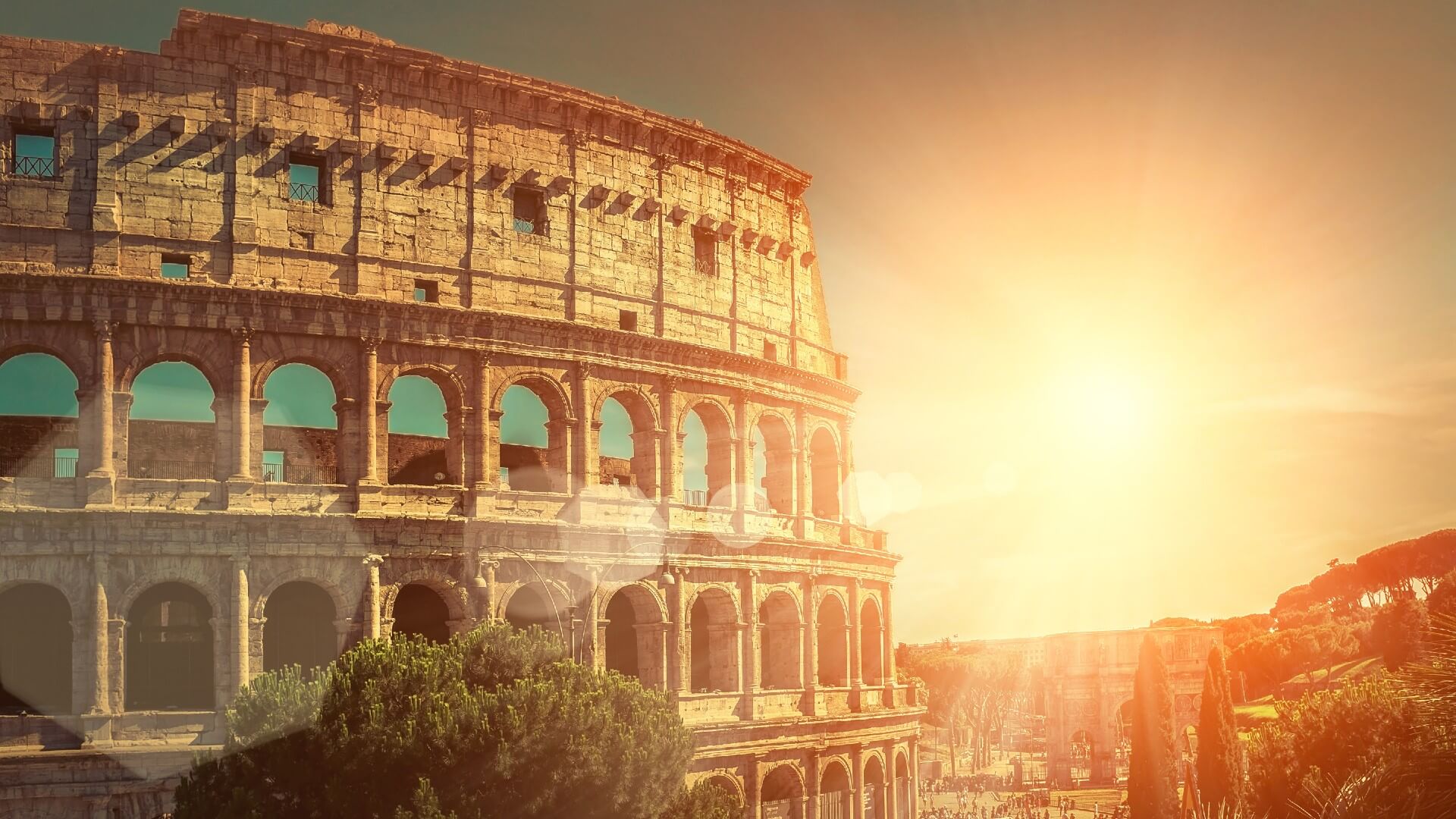
These days, an engagement ring is second only to a wedding band as a symbol of love and commitment, but that wasn’t always the case. Anthropologists who’ve traced this custom back to ancient Rome believe that engagement rings once represented ownership rather than just devotion. Usually made from bone, ivory or flint and lacking the sparkle of a shining gemstone, these precursors to the modern engagement ring were paired with small keys and worn by wives to indicate that they were possessions of their husbands or husbands-to-be.
Later, jewelry makers began utilizing metals such as copper, iron and silver in the construction of engagement rings. Gold betrothal rings have even been found among the ashy ruins of Pompeii, perhaps a sign that this symbol of love was meant to endure.
However, some people would consider these rings more symbolic of unions than promises, making them more like wedding bands than tokens of an engagement, and noticeably missing was the diamond centerpiece. In fact, the jewelry that resembles the modern engagement ring didn’t appear until the Middle Ages.
Declaration of Intent
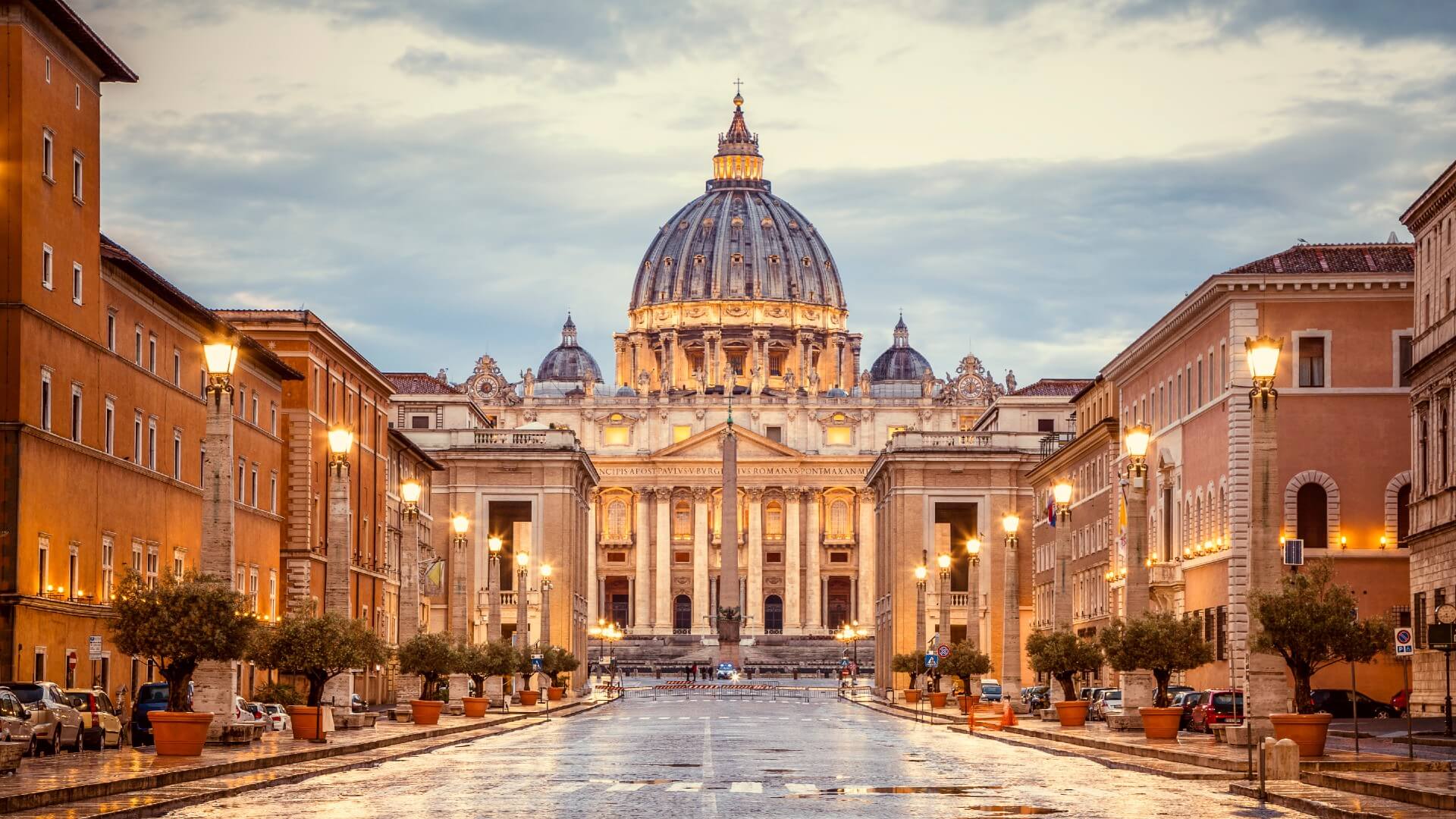
The engagement rings that we know today are instantly recognizable, and seeing a shining diamond on someone’s left ring finger lets us know they’re soon to be wed. We can thank Pope Nicholas for this lasting tradition. In 850 AD, he declared the engagement ring to be a symbol of a man’s intent to wed a woman. Known as betrothal rings, these golden gifts still lacked the diamond that we know today as the centerpiece of this traditional pre-wedding jewelry.
Adding the Sparkle
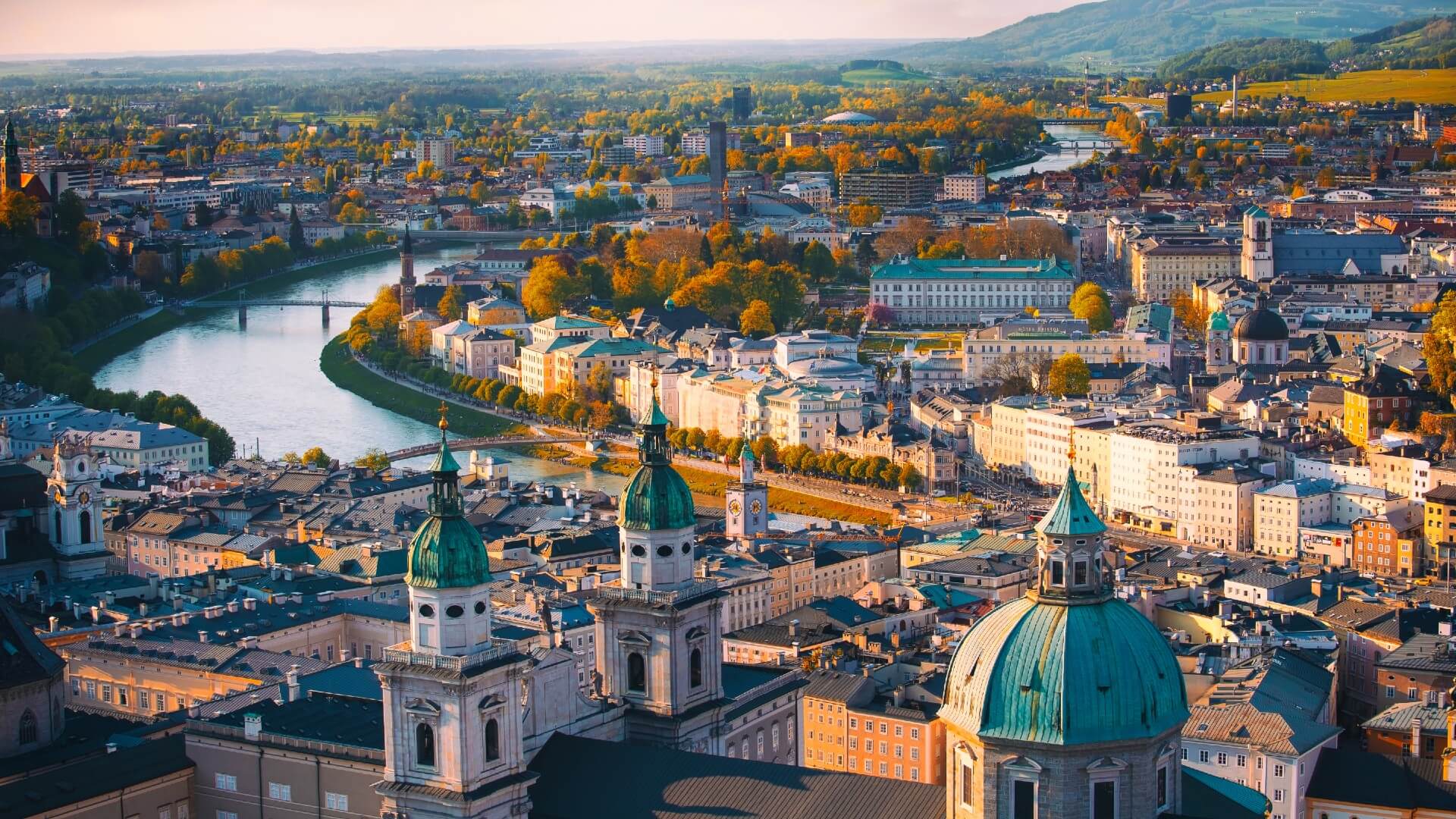
The first-ever official diamond engagement ring didn’t appear on record until 1477, when Archduke Maximilian of Austria commissioned a ring for his proposal to Mary of Burgundy, hoping to win her heart. On the ring, which accompanied his formal written proposal, tiny diamonds spelled out the letter M. And while some sources say the jeweled accessory cost a good part of Maximilian’s fortune, the good news is that Mary said yes.
In the period that followed, diamond engagement rings became highly fashionable with European nobles and aristocrats. But a long time would pass before they became a more prominent part of the popular culture of more common folks.
Diamonds Are Forever
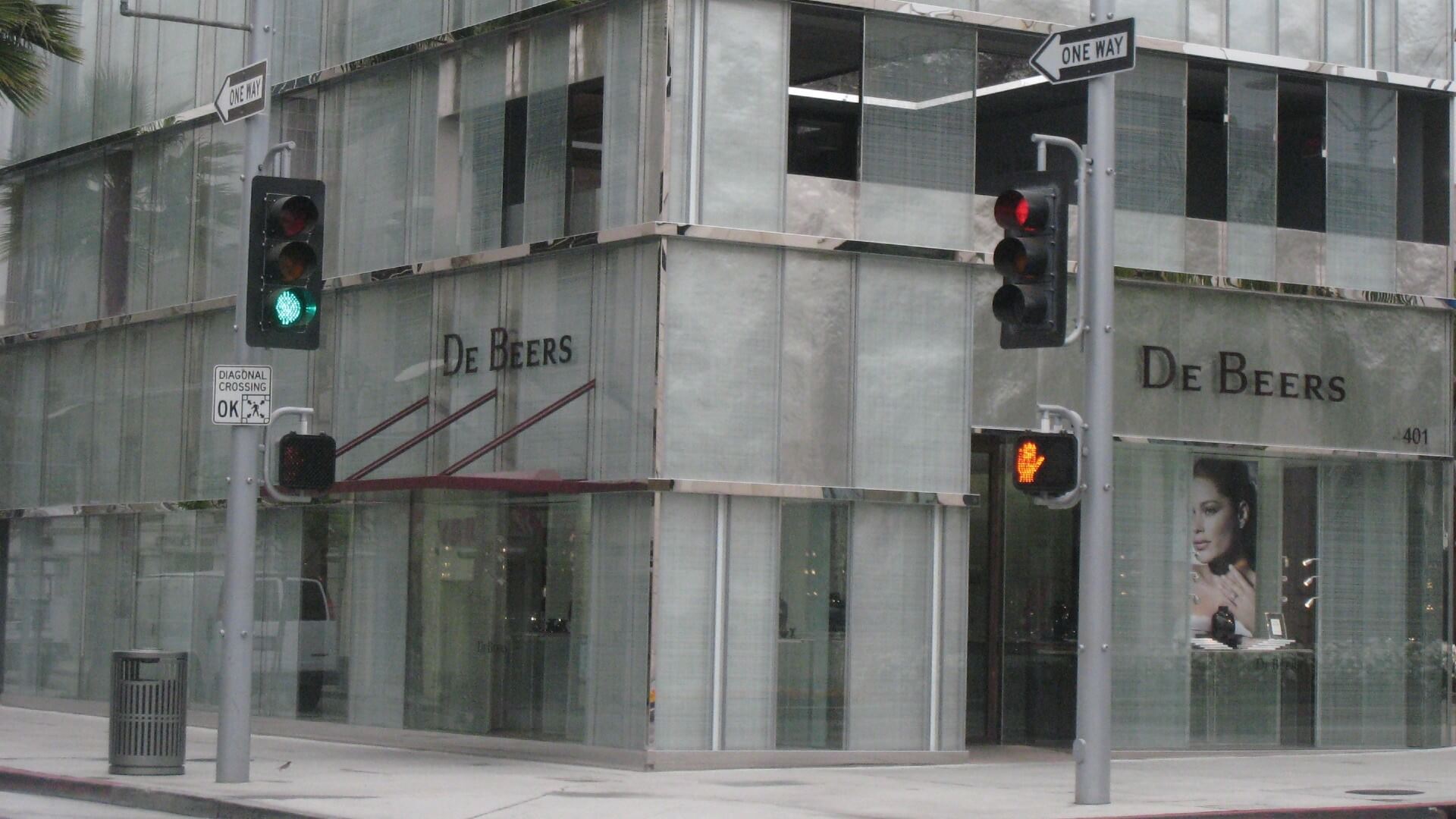
In fact, it was an advertising campaign that ultimately changed the face of the engagement rings and cemented the diamond as their indisputable centerpiece. The year was 1947, and the campaign belonged to De Beers Group, a company that specialized in diamond mining and pretty much everything else connected to this precious gemstone. The campaign’s tagline, “A diamond is forever” (which was penned by Frances Gerety), went on to become perhaps the most recognizable brand slogan ever and has appeared in every De Beers advertisement since it was written. Thanks to Gerety and De Beers, a diamond engagement ring became an essential part of almost every proposal since 1948.
Rings through the Ages
As times change, so do engagement rings. From the 1800s right through to today, rings took on characteristics valued by spouses-to-be during each era.
The Victorian Era
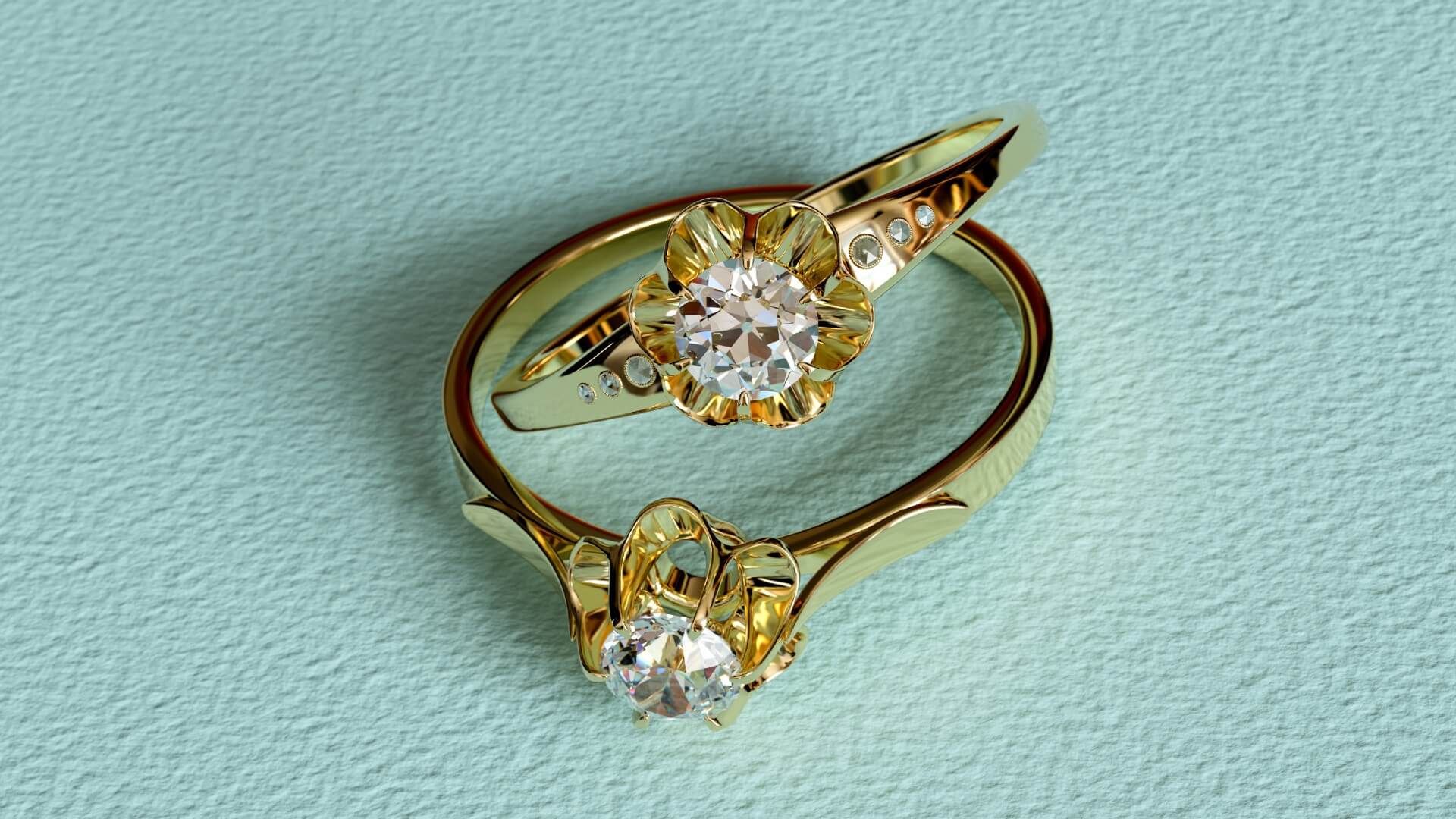
During the Victorian era (about 1820 to 1914), Victorians — known for their sentimentality — took up the idea of diamond engagement rings with enthusiasm. This diamond fever may have been helped along by the large deposit of these precious gems discovered in South Africa during this period.
The era is marked by ornate designs that paired diamonds with colored or white gemstones and natural seed pearls, and made use of enamels and several precious metals (including rose gold). Some Victorian engagement rings were engraved with flowers or birds, and inscribed with initials, dates or short messages. These personalized bands, which actually date back to the Middle Ages, were commonly referred to as posy (or poesy) rings, from the French word poésie, meaning poem. Although inscriptions in older posy rings were typically engraved on the outside, more modern versions are typically inscribed inside the band.
The Edwardian Era
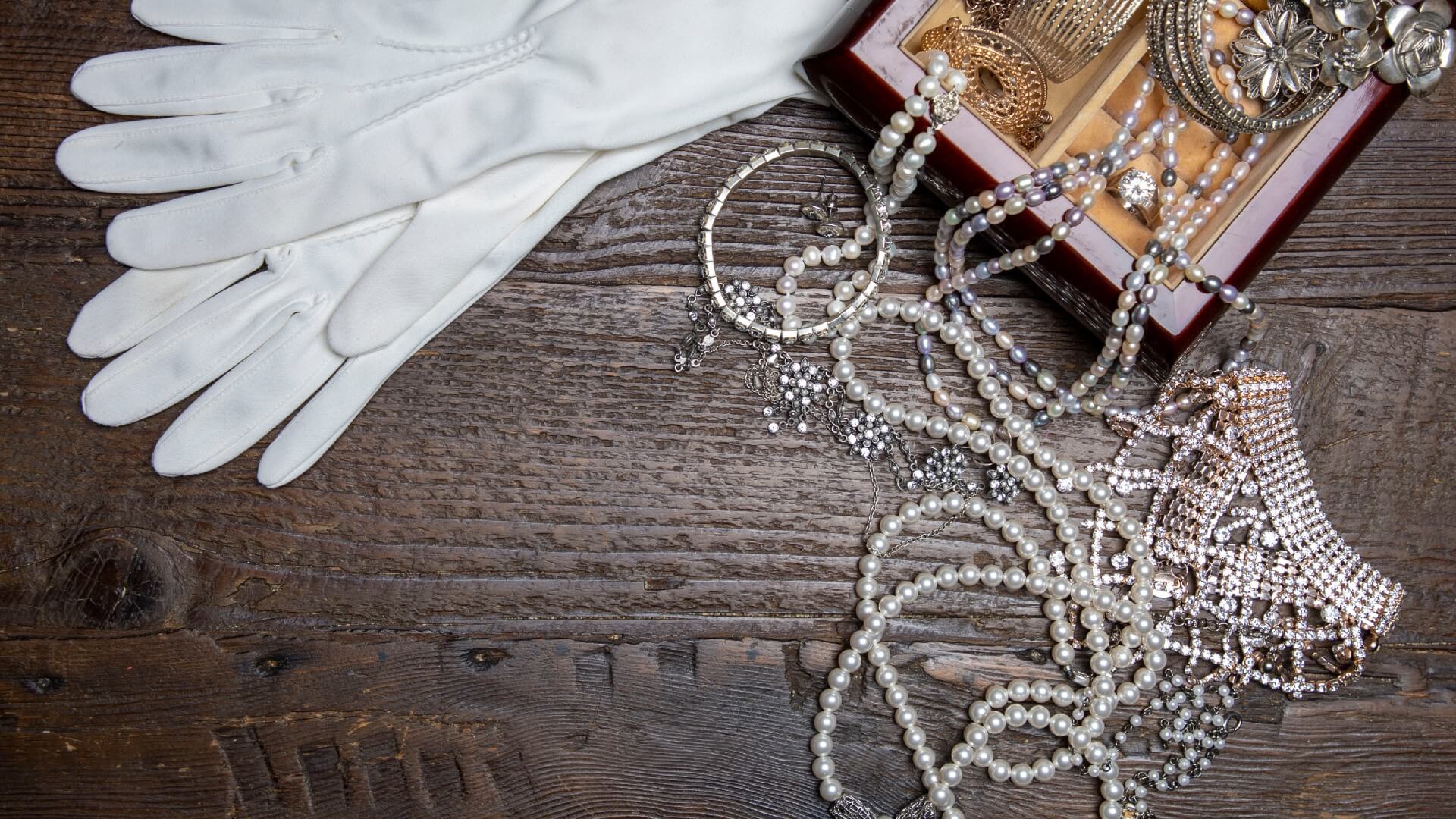
The Edwardian era that followed kept the tradition of the diamond engagement ring going strong, and the ring became accepted as a social custom. Known as La Belle Epoch, or the Beautiful Era, this period’s style was marked by romance, femininity and sophistication. Diamonds were all the rage — the more the better. Stones were often mounted in delicate-but-ornate filigree settings, with designs that sometimes included other sparkling jewels. This time period also saw the use of platinum in jewelry making, allowing metalworkers to create intricate, lace-like designs incorporating hearts, flowers and vines.
The 1920s and 1930s
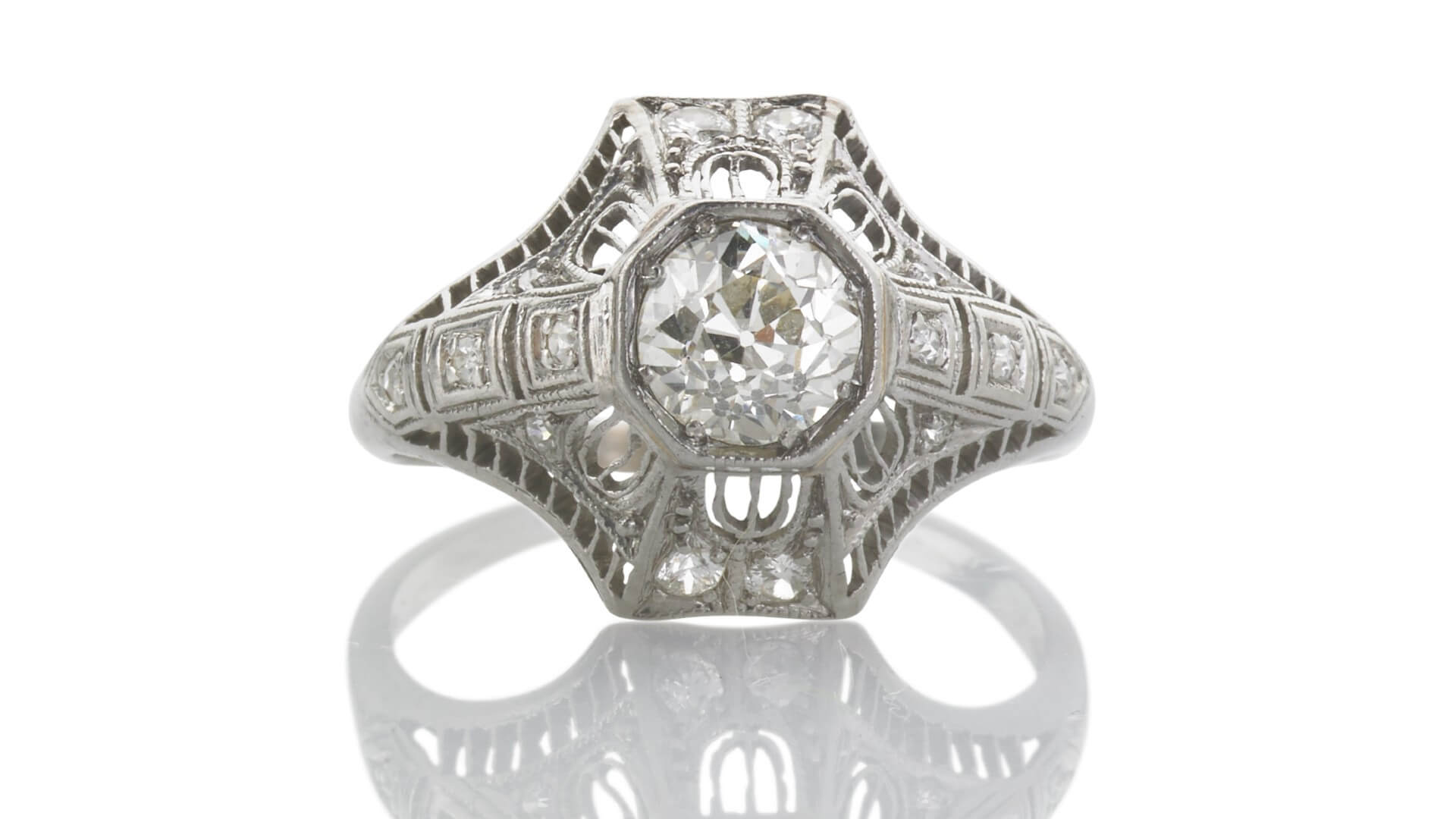
Engagement rings of the 1920s and ’30s shed some of the femininity that marked the Edwardian Era, favoring instead the Art Deco style preferred by people of this period. Bands made from platinum and white gold were fashionable, and popular styles featured modern geometric designs and diamonds accented with rubies, sapphires and other colorful precious gems.
The 1940s
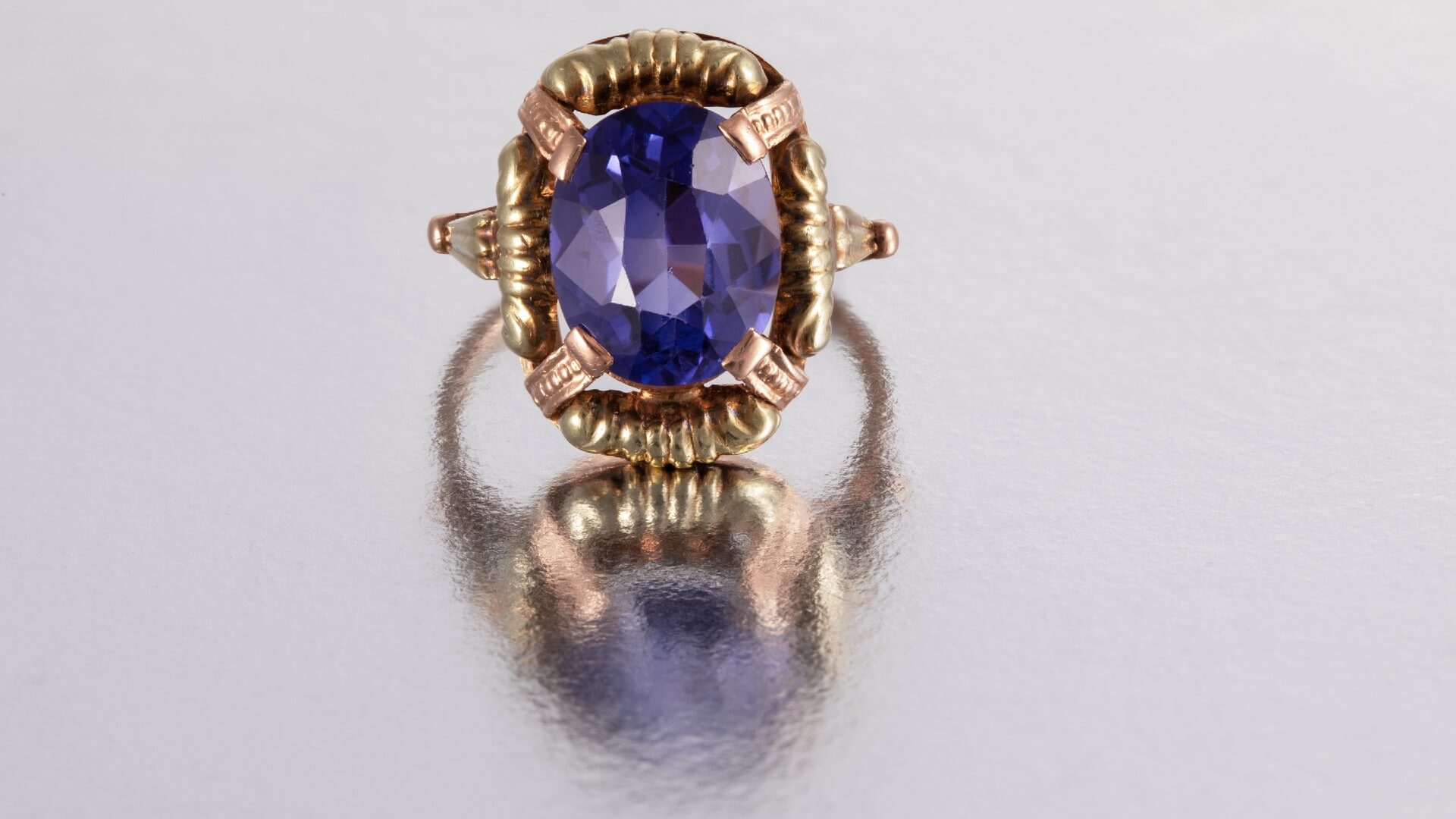
In the shadow of World War II, engagement rings of the 1940s tended to be large and bold. The decade brought a resurgence of feminine motifs, including hearts, ribbons and bows, with rings often featuring curved designs. And because platinum was needed for the war effort, gold became the metal of choice for jewelry.
The 1940s also marked the beginning of a budget-conscious period. Although diamonds were very much still in favor, with round cuts surging in popularity, synthetic stones, including rubies and sapphires, also became an increasingly sought-after choice for shoppers looking to save money.
The 1950s and 1960s
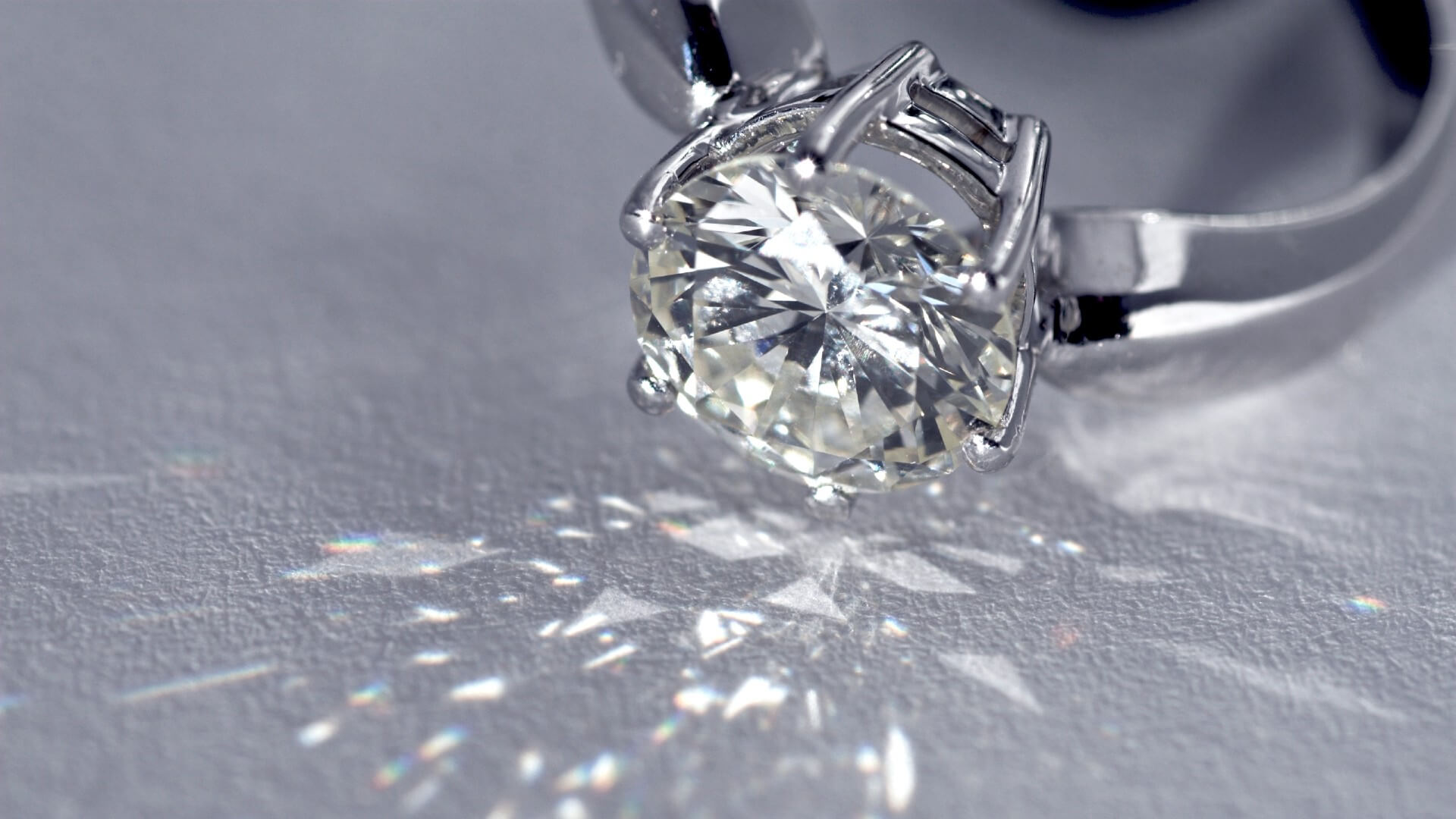
Thanks to the De Beers campaign, engagement rings of the 1950s and ’60s almost always showcased diamonds. Perhaps because of this, popular styles of the decades featured simple designs, and solitaire rings came into favor, sometimes framed by smaller side stones. Yellow and rose gold were the metals of choice, and they were often combined to form a two-tone look.
The 1970s
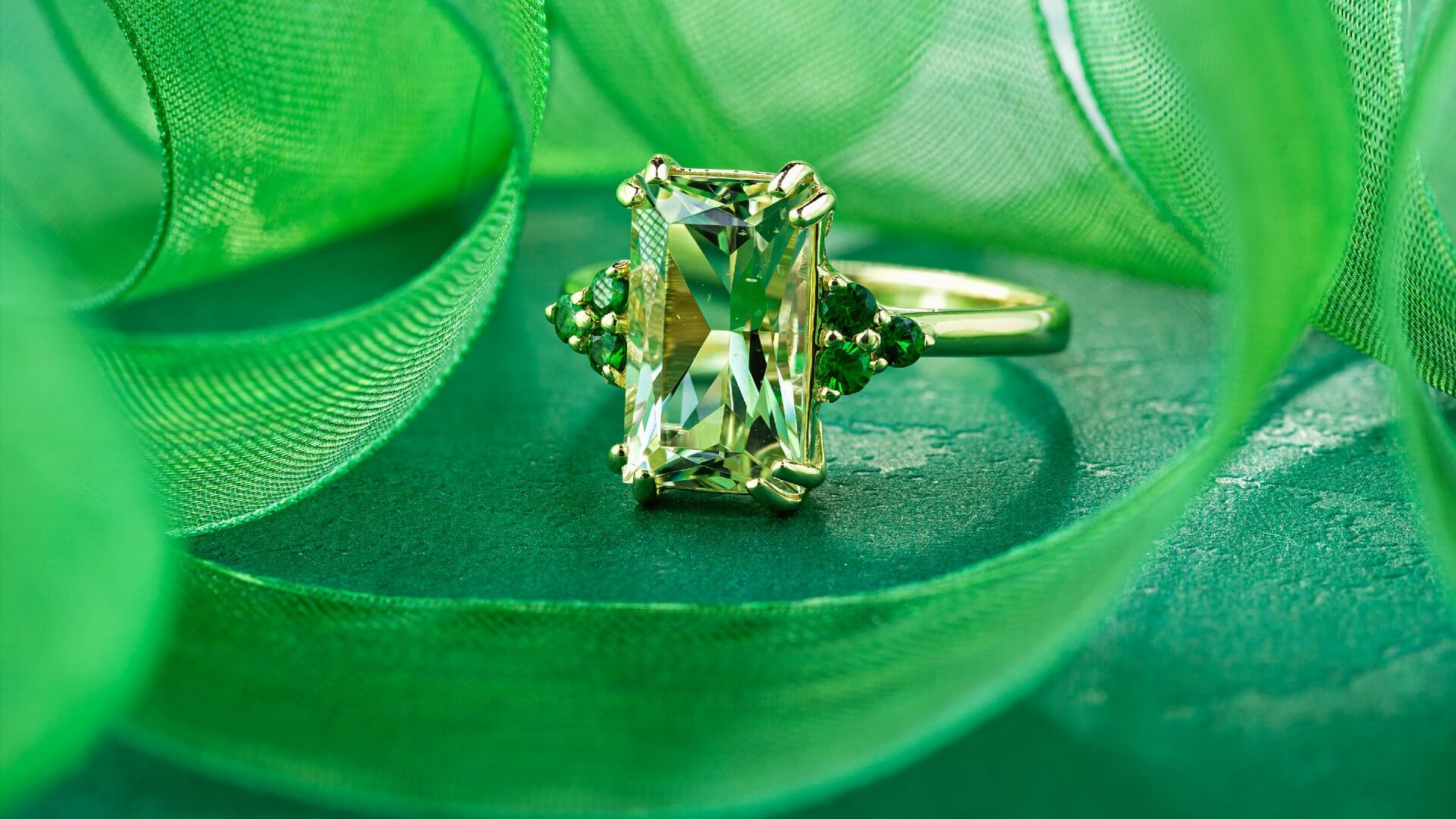
Not surprisingly, the disco era saw a return to bold styles, colored gemstones and geometric forms. Emerald-, square- and radiant-cut diamonds became popular, and brides began to favor engagement rings and wedding bands that matched.
The 1980s
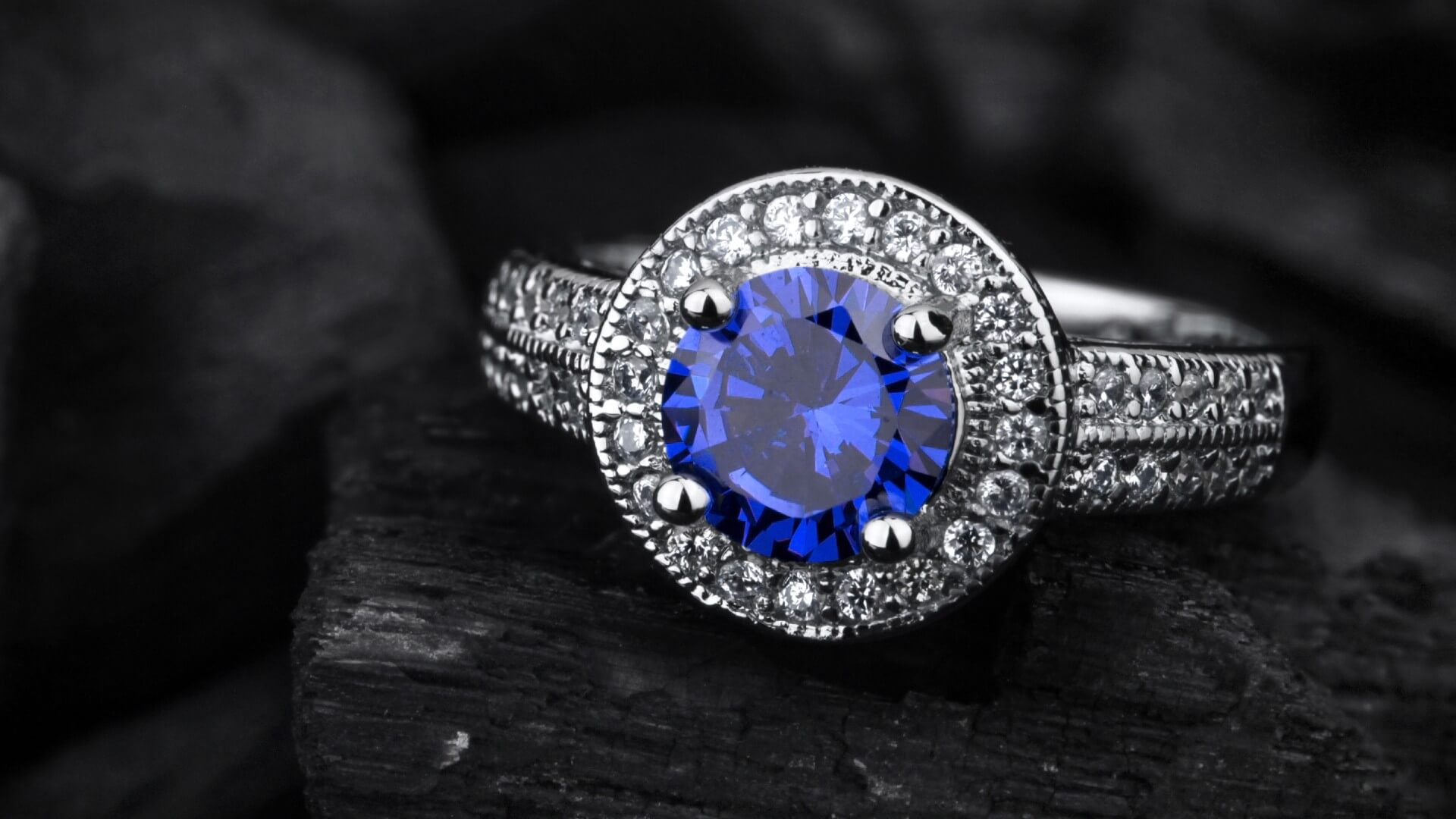
During the 1980s, engagement ring styles were inspired by nothing short of royalty. Brides-to-be clamored for a ring like the one worn by Princess Diana, whose 12-carat sapphire engagement ring inspired imitations for years. In addition to replicas of Diana’s bright blue gem, other colored stones such as rubies and emeralds were also fashionable throughout the decade, and pear-shaped diamonds became a popular choice when it came to cut.
The 1990s
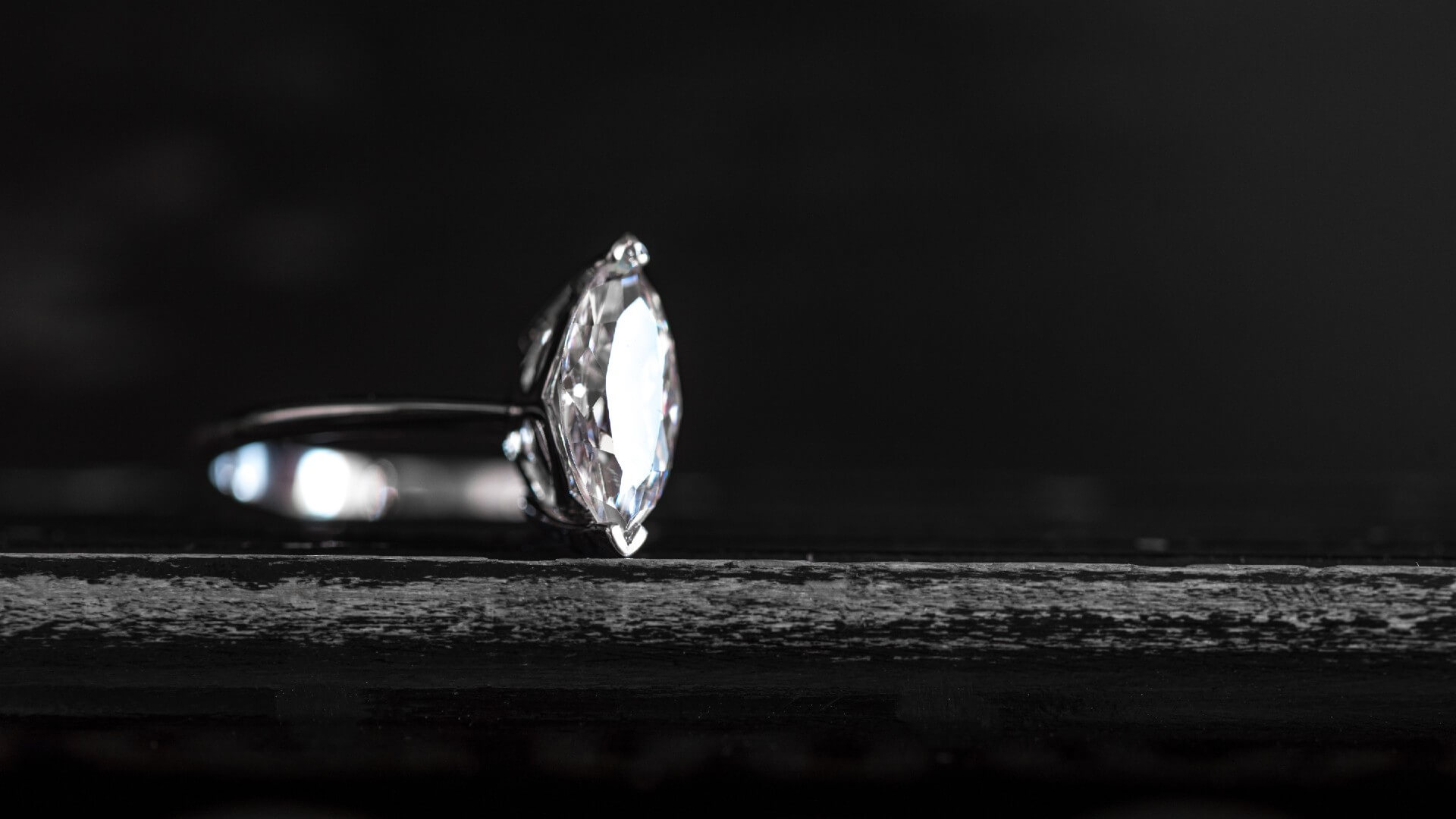
After the flamboyance of the ’80s, the 1990s took a more minimal approach to engagement rings. Marquise-cut diamonds came into favor, as did white gold and platinum bands. Many ring styles were inspired by the rise of the grunge subculture, which brought with it an edgy, less-is-more fashion aesthetic.
Modern Engagement Rings and Evolving Trends
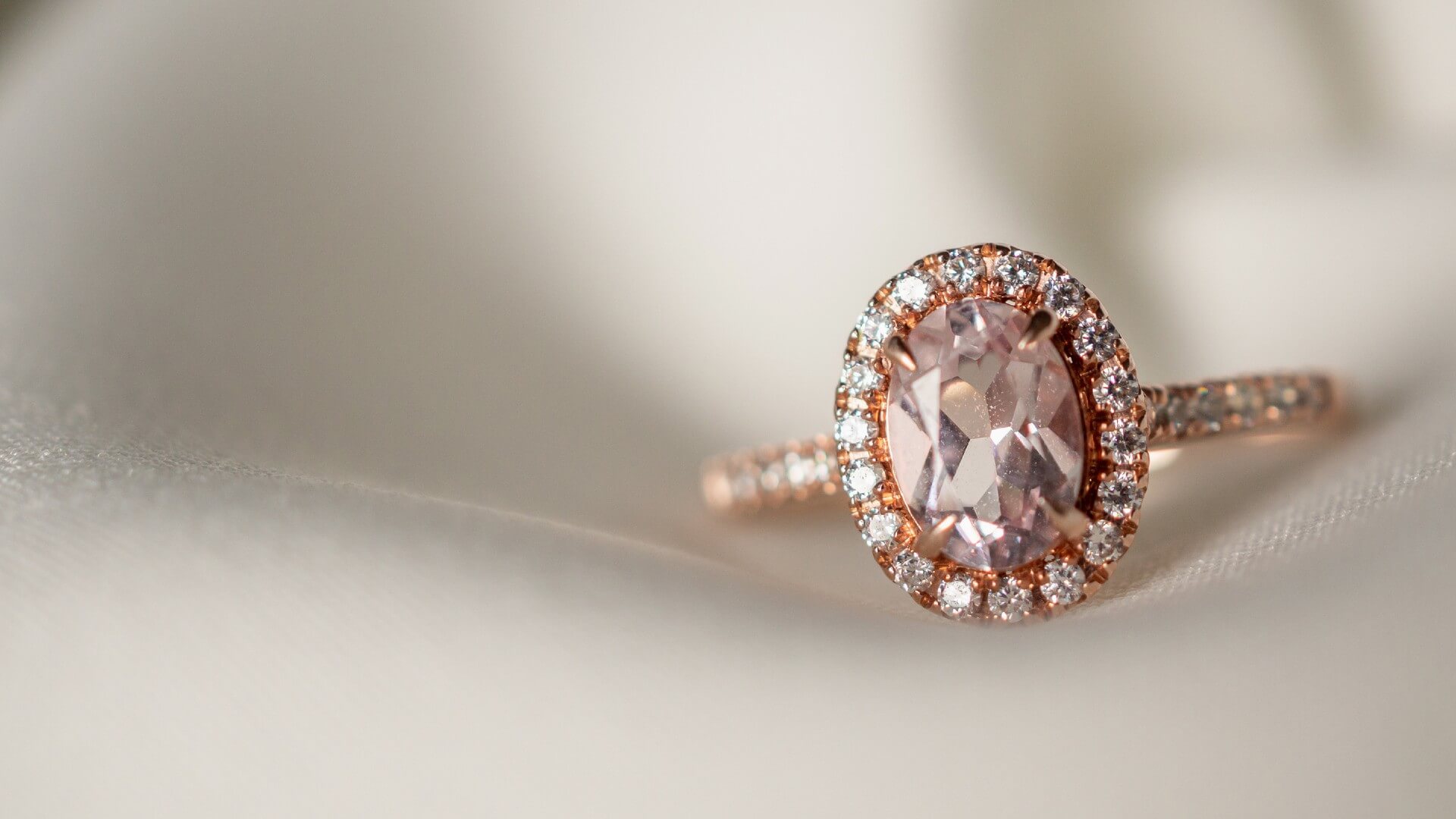
Although diamonds of every size and shape are still the preference of many partners pursuing matrimony, the engagement ring industry has seen a trend toward individuality and customization. Modern couples and (millennials in particular) are opting for gemstones other than diamonds and rings made from unique materials.
These offbeat modern engagement rings have been made popular by current celebrities’ nontraditional choices, such as:
- Elizabeth Hurley’s diamond-flanked blue sapphire
- Katy Perry’s flower-shaped ruby ring
- Lady Gaga’s heart-shaped diamond
- Blake Lively’s light-pink diamond
- Halle Berry’s square-cut emerald
Although most modern couples don’t have the cash to purchase the multi-carat gems favored by top celebrities, there are some modern engagement ring trends that have captured the imagination of couples everywhere, including:
- Thicker bands
- Hidden messages
- Alternative metals such as black gold
- Unusual and unexpected band shapes
- Meaningful personal details
- Whimsical designs including nature- and celestial-inspired patterns
- Colored diamonds and other bright stones such as amethysts, rubies and sapphires
The Future of Engagement Rings
Although fashion trends are nearly impossible to accurately predict, future engagement rings will most likely continue their move toward the unexpected. Rings may be unique to each couple, representing their style, interests and values, perhaps signaling a move toward custom designs. Engagement rings of the future will probably also have an eye towards eco-friendly materials and socially conscious manufacturing, ideally using recycled materials and ethically sourced gemstones.
Ultimately, whatever future trends may come, there’s one commonality binding the past, present and future of this symbol of commitment: It’s the promise of forever this ring stands for.

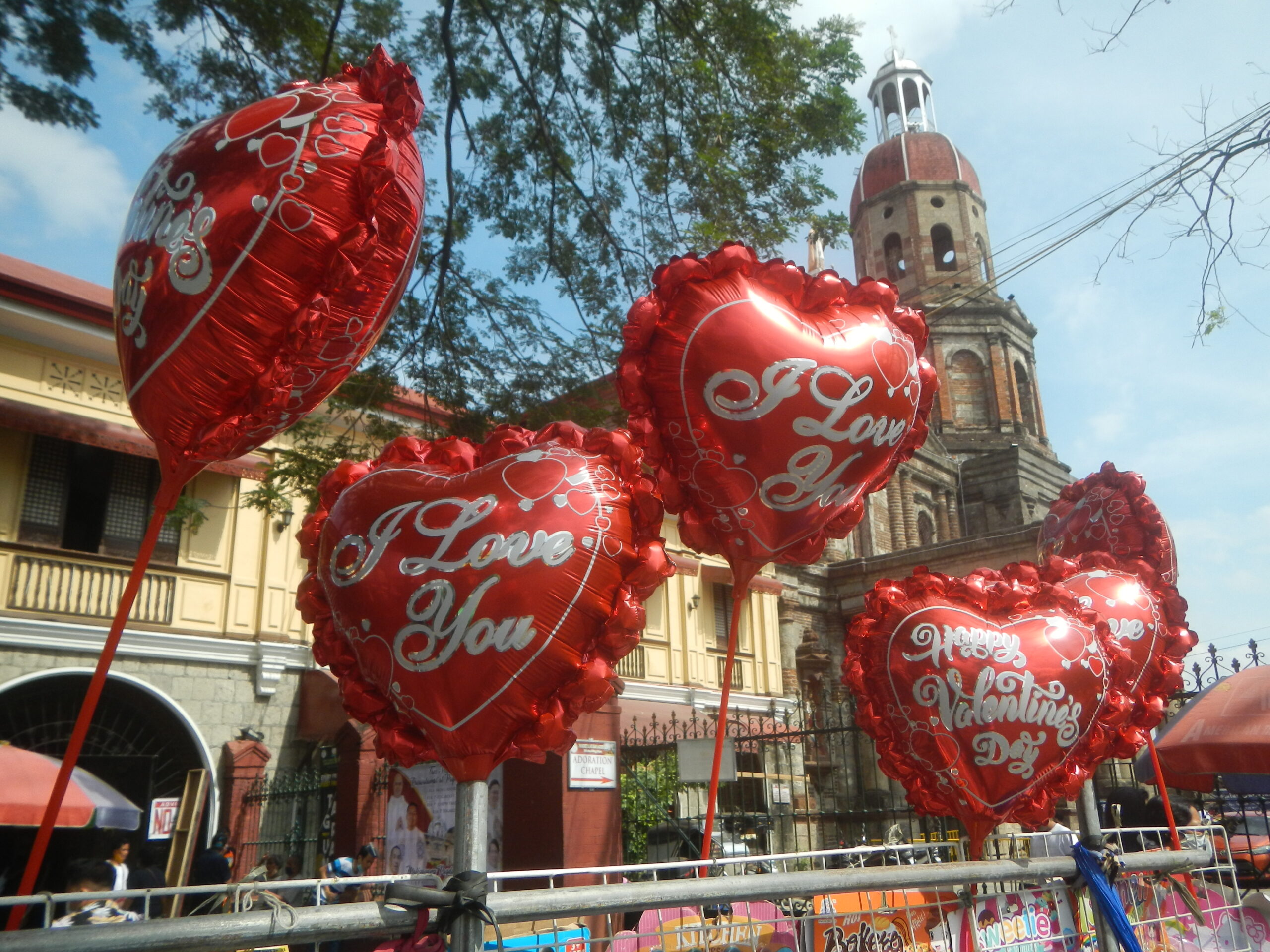
POST COMMENT